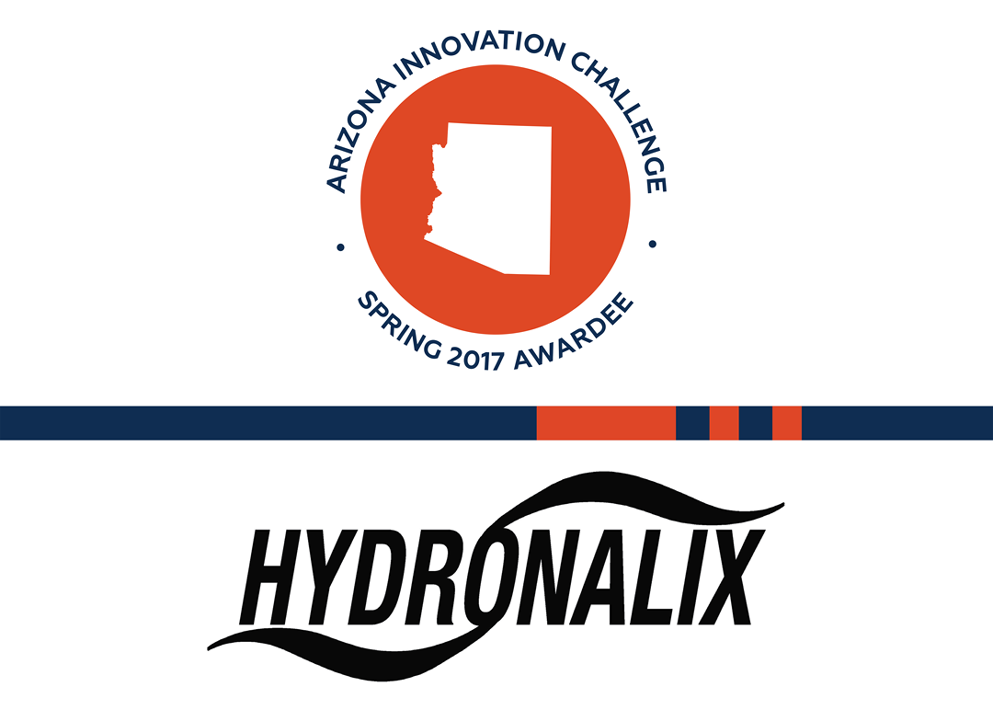Anthony Mulligan enjoys the irony: His company - Hydronalix - based in southern Arizona’s high desert, is helping to save lives in oceans and rivers around the world.
The Arizona Innovation Challenge Spring 2017 awardee developed and builds a robotic lifeguard – the Emergency Integrated Lifesaving LanYard, or EMILY, for short.
It’s incredibly versatile. The original model was designed for use in oceans. A variation was added to assist with flooded-river rescues; it comes with night vision. A sonar-equipped model can find sunken boats, drowning victims (sometimes in time to save them) or assist in a hurricane.
One is deployed an average of 1.5 times a day, Mulligan says.
Mulligan’s technology is even more impressive when you consider that 95 percent of his parts and materials are made in Arizona.
He’s a great believer in rural advanced manufacturing, which is why Hydronalix is based in Sahuarita, south of Tucson. He gets the advantages of being in Arizona, where there is easy access to highly educated workers and a high quality of life combined with a low cost of living.
And the rural location gave Hydronalix time to “develop its technology before the world knew we were here.”
Mulligan has been instrumental in the planning for the Sahuarita Advanced Manufacturing and Technology Center, which will help support rural and Southern Arizona manufacturers. The site will eventually house a branch office of RevAZ, an Arizona Commerce Authority program and part of the national Manufacturing Extension Partnership.
Mulligan quickly emphasizes that EMILY does not replace lifeguards, but rather helps keep them safe. An EMILY equipped with a float can cut through high surf more quickly than a lifeguard on a board, jet ski or rubber boat, reaching a struggling swimmer. The lifeguard can pull the swimmer back in with a rope or go to them in a safer, more deliberate fashion.
Los Angeles County lifeguards found another use for EMILY. They use it to corral swimmers and keep them away from riptides. “They tell me they’re able to avoid several hundred rescues from having to happen,” especially on holiday weekends, Mulligan says.
And a sonar-equipped boat was even on hand as Hurricane Harvey hit the Texas coastline in August.
The Brazos River was running higher than forecast as the rains starting falling. An EMILY was used to map the river bottom’s contours. Hydrologists used the information to recalculate flow rates, which allowed them to more accurately predict where flooding would hit and allocate rescuers to where they were most needed.
The company, working with the University of Mississippi, equipped a model with a weather station to cruise into the eye of a hurricane. The hope is that better data will help forecasters more accurately predict a hurricane’s path, so resources can be in place well before the storm hits land.
The robotic boats survive the violent conditions in a hurricane because they’re built with Kevlar and aircraft composites.
Those are the same materials Mulligan used in his previous company, building unmanned aerial vehicles, or drones. When he sold that company in 2009, he agreed not to compete with the new owner so he started building boats. “EMILY is basically a UAV without wings, a smaller prop and it’s waterproof,” he says.
Up to now, sales for Hydronalix have been by word of mouth. The Arizona Innovation Challenge changed all that. The investment he received for winning the challenge is underwriting a small sales team.
“It should have a giant effect on us,” he said.




